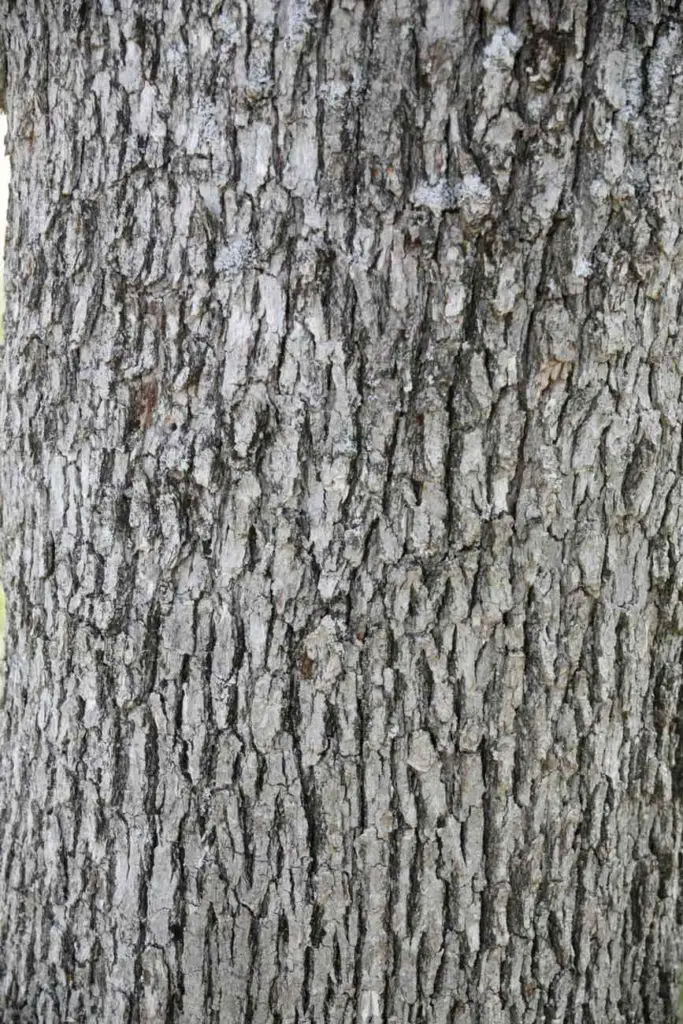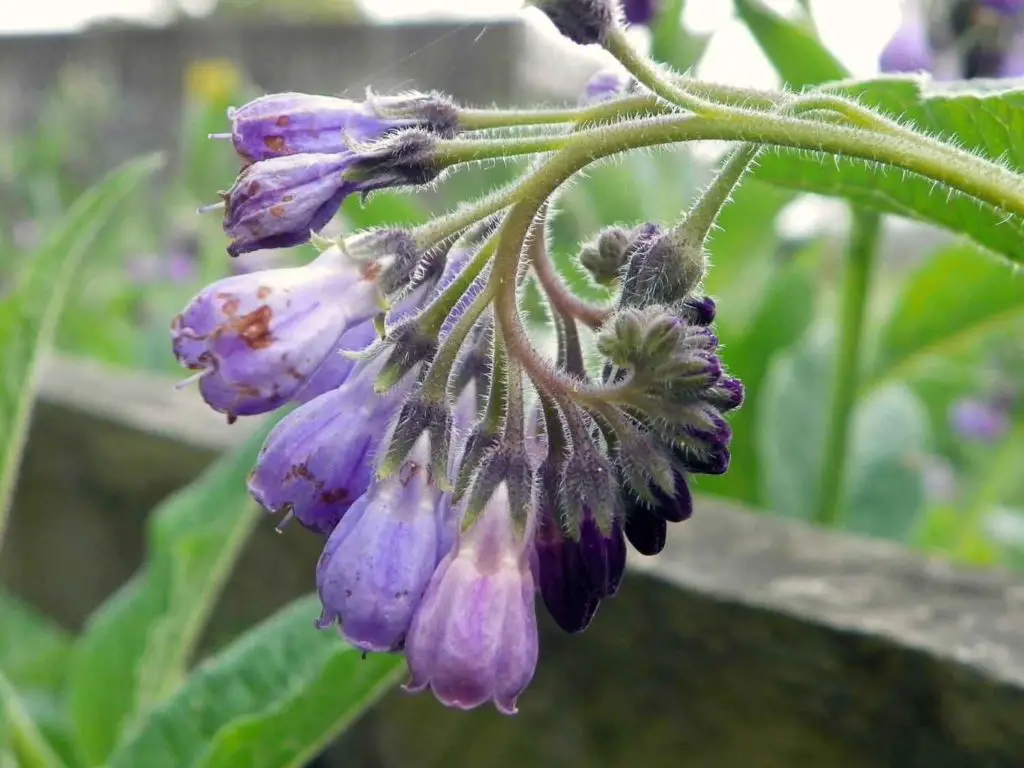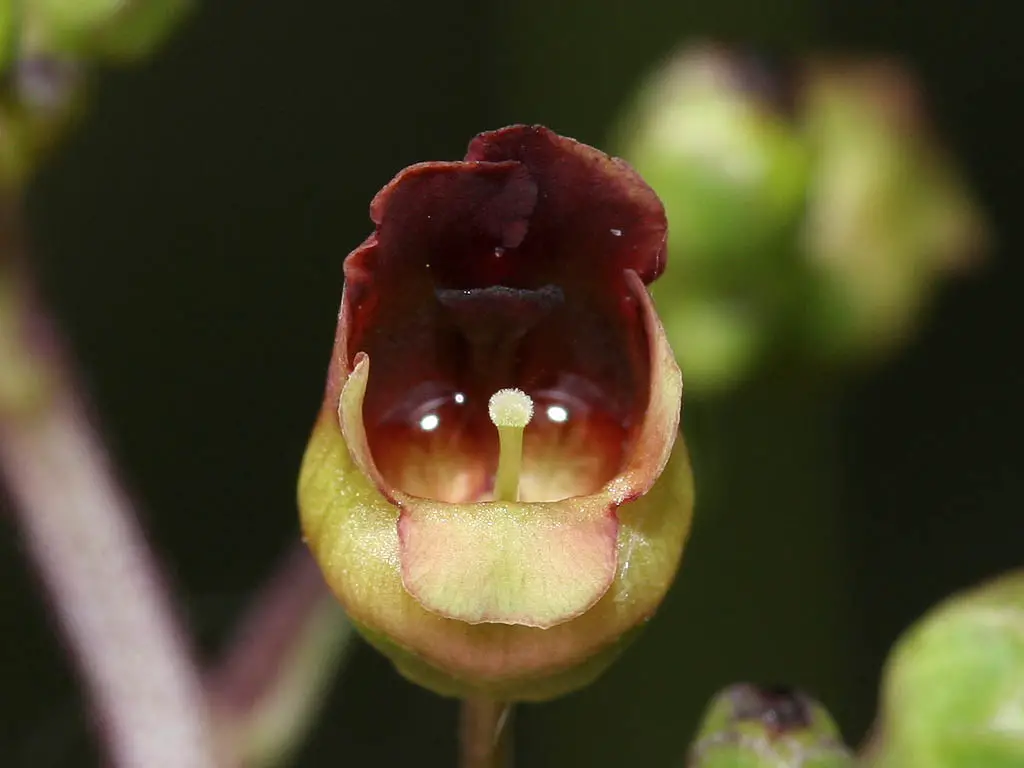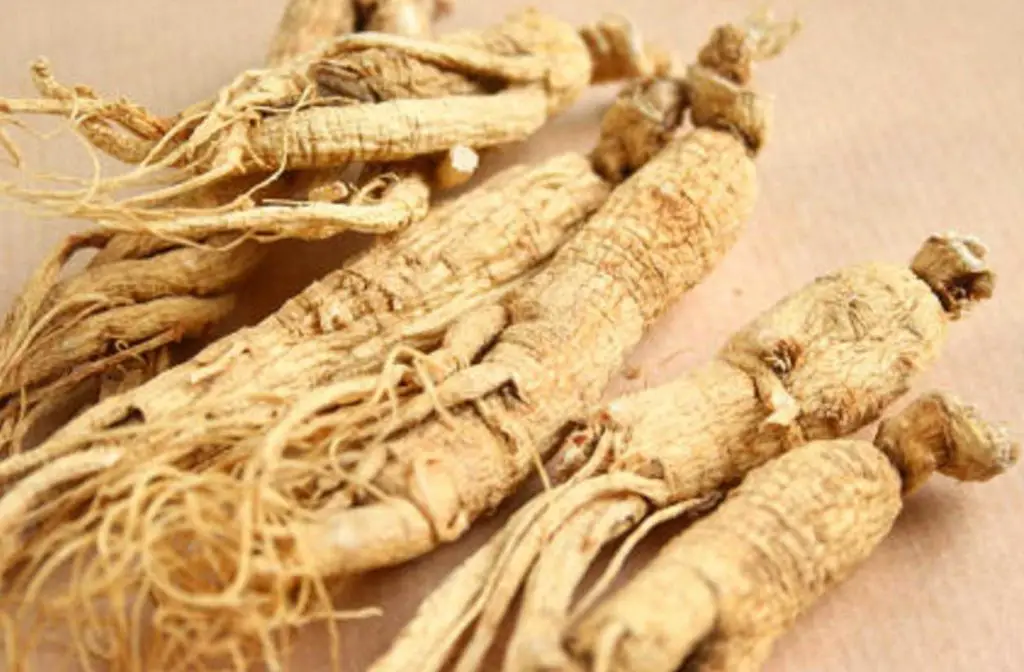What is White Oak Bark?
Over thousands of years, oak trees have been worshiped for their association with ancient gods and they have played an important role in traditional medicine of several different societies.
The White Oak Tree (quercus alba) is native to the eastern United States. It is the symbolic state tree for both Illinois and Maryland. For centuries, Native Americans have used the tree as a cure for many ailments and when the first European settlers arrived in North America, they were able to incorporate knowledge of the traditional methodologies into their own medical practices.
The bark of the White Oak Tree is of particular interest to modern herbalists as it has a wide variety of potential uses. The bark is made up of 15- 20% tannins and various other nutrients including potassium, iron and vitamin B12. Due to the antiseptic and astringent properties of White Oak Bark, it was once listed in the US Pharmacopeia. The bark has also been granted approval by the scientific advisory board, the German Commission E, for use in cases of diarrhea. It is on the GRAS (Generally Recognized as Safe) list, which means that the FDA has deemed it safe for both topical and oral applications.
White Oak Bark Benefits and Uses
- Nosebleeds
- Menstruational Flow
- Hemmeroids
- Varicose Veins
- Diarrhea
- Wounds
- As an Antiseptic
- STDS
- Various Infections (Bladder, Urinary, Vaginal)
- Diuretic
- Antiparasitic (Treatment of Parasites)
- Clears Lungs and Respiratory System
- Improved Kidney and Liver Function
The high level of tannins in white oak bark make it an astringent, meaning that it constricts any body tissue that it comes into contact with. This makes it useful as treatment for all kinds of internal secretions, such as nosebleeds, heavy menstrual flow, varicose veins, internal bleeding and diarrhea. There are reports of Native Americans placing thin strips of bark on their gums in order to constrict them and prevent their teeth from loosening.
Did you know? White Oak Bark improves kidney and liver function? Get it => here
— MedicinalHerbals (@MedicinalHerbal) February 27, 2017
When applied topically to external wounds, the tannins in the bark bind with proteins in the body and form a protective barrier which helps with the healing process. This, coupled with the fact that it is an excellent antiseptic, makes it a highly effective treatment for cuts and sores. The antiseptic nature of white oak bark implies that when taken internally, in the form of either a tea or an extract, it can be a treatment for a variety of infections. These include certain STDs, bladder, urinary and vaginal infections and even dysentery.
As the bark is also a diuretic, it is particularly useful in the treatment of bladder and urinary infections. A good way to treat skin inflammation is to place some bark extract directly on the problem area or to infuse some into bathwater. As the bark is an expectorant, it is effective against respiratory infections as it helps to clear the lungs and respiratory system of excess mucous. As a diuretic, white oak bark provides an excellent flush for the system, which can help improve kidney and liver function and also combat both kidney and gallstones.
White oak bark is also anthelmintic or anti-parasitic and can therefore be used to help rid the body of unwanted intestinal invaders such as pinworms. Once the parasite has been killed, the diuretic nature of the bark will help to ensure that the parasite will swiftly passed through the system.
Methods of treatment
As described above, white oak bark can be taken in a variety of ways:
Decoction/tea: The bark that can be made into a decoction and used either as tea or as a topical wash.
Powdered extract: This is suitable for those who prefer to take their medication in tablet form and can be used in the treatment of all internal issues previously listed.
Enema/douche: The above-mentioned decoction can be used as either a douche or an enema and used for the treatment of vaginal infections and hemorrhoids.
Paste: White oak bark can be mixed with water and flour resulting in a paste that can be used to draw out splinters and bee stingers.
The method of treatment chosen will obviously depend on the particular issue that needs to be addressed. If the bark is needed to treat an internal problem, then there are different benefits to using either an extract (powdered or liquid) or a tea and the decision to use one or the other, often comes down to a matter of personal choice. The act of setting the time aside for a warming cup of tea can provide a comforting psychological impact in addition to the medicinal effect of the bark. On the other hand, if one is in a rush, taking an extract can be more convenient and it can provide a more concentrated dosage that will offer more immediate relief. An added benefit to taking an extract is that it is more portable than a tea and can easily be taken whilst on the go.
White Oak Bark Dosage:
The dosage of white oak bark required varies depending on the method of delivery chosen and the specific benefit that you want to be realized. As always, try with a lower dose and increase the dosage based on results. Below is an approximate guide to typical doses:
- 1x powered bark capsule (containing 1g of powder) to be taken daily with food.
- Extracts: dosages vary depending on the strength of the extract, but are typically between 30 – 60 drops in water, 2 – 3 times per day.
- If applied as a topical treatment, it can be used as needed.
White Oak Bark Side Effects
There has been little scientific research done on the use of white oak bark and therefore, some caution should be taken when considering its use. Although White Oak Bark doesnt appear to have any side effects for the majority of the population, there many be some people who are allergic. Some people have reported the following drug interactions:
White oak bark should not be used internally for an extended period of time (i.e. no more than 2 weeks. Overuse can lead to several ill effects, including stomach problems, vomiting and due to the high tannin content – liver and kidney damage.
Those suffering from stages III – IV of cardiac problems, should avoid oak bark baths.
It is important to note that in instances where white oak bark is being used as an internal astringent (i.e. to slow or halt the flow of internal sections) or to improve kidney and liver function, it may only be remedying the symptom. The underlying causes will still require further medical investigation and treatment.
White oak bark has been shown to interact with some hepatoxic and kidney drugs and should not be used in conjunction with these.
If any side effects occur whilst taking white oak bark, advice should be sought from a medical professional.
References:
http://www.ncbi.nlm.nih.gov/pubmed/18927480
http://www.sciencedirect.com/science/article/pii/S1125786509000630
http://www.ncbi.nlm.nih.gov/pubmed/12926901






Well done Marcy! I think that’s a great idea for all of us! I too am learning more about what our Heavenly Father has provided for us in this beautiful plant world we get to live in! Thank you for sharing!
Thanks Lori, hopefully you keep coming back!
Please note that that woman in the video is taking the outer bark which does not hold the medicinal qualities. One must use the inner bark and best to harvest in spring.